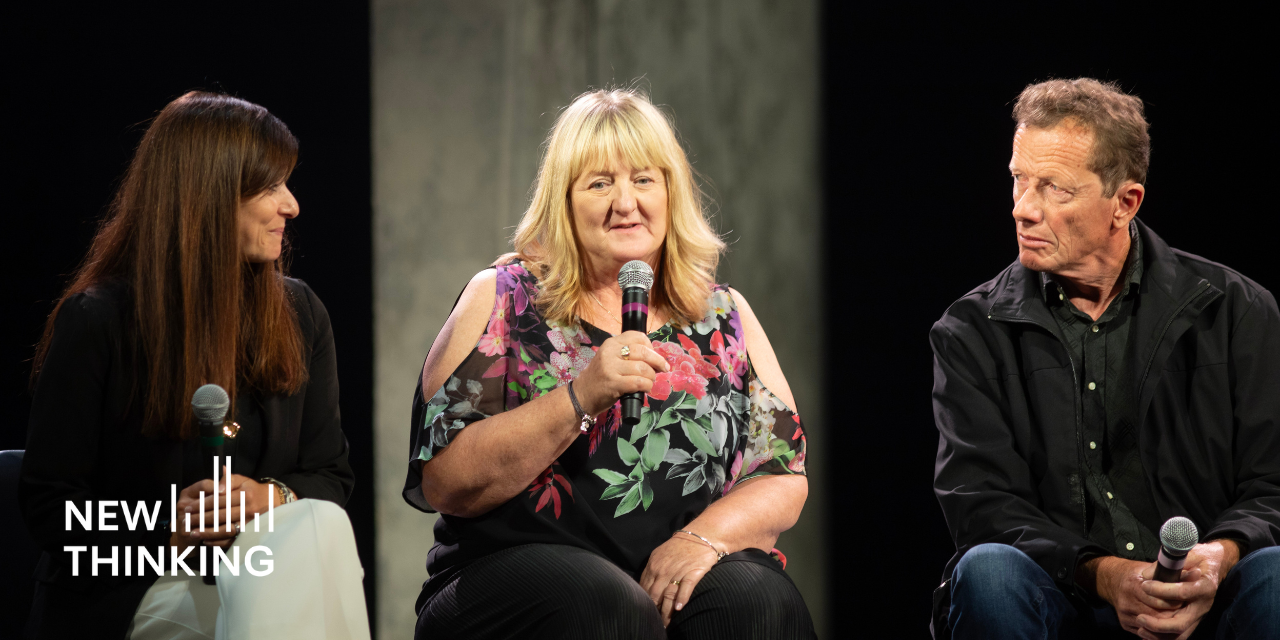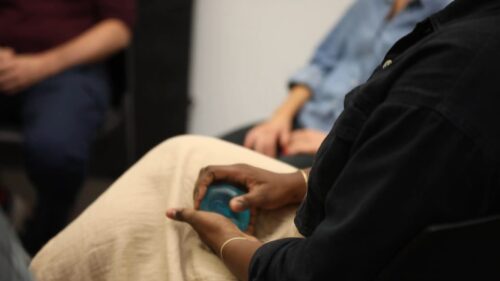Phillip McDonald is the court programs administrator for the Atlanta Community Court. He spoke with Center staff about the neighborhood Restorative Boards being developed and expanded under the U.S. Department of Justice’s Community-Based Problem-Solving Criminal Justice Initiative.
Can you tell me how you came up with the idea for the community court and Restorative Boards?
In the late 90’s, the Downtown Development Authority and Central Atlanta Progress caught wind of [New York City] Mayor Giuliani’s Time Square initiative with the Midtown Community Court. We were concerned about our convention trade in Atlanta, about visitors coming in for conventions, and we had a growing number of homeless individuals, along with aggressive panhandling, public urination, street prostitution, and an increased amount of drugs. So the problems weren’t much different from the ones in Times Square—all the quality-of-life crimes.
We created the court in 2000. At that time I was in the mayor’s office and I did all the public safety stuff. One of the programs that I ran was called Project PACT [Pulling America’s Communities Together], which was a Clinton administration initiative. There were only four areas involved—Atlanta, Washington D.C., Denver, and the state of Nebraska. Because I was running this program I funded Atlanta’s community court. So I’ve been involved with it since the beginning.
When, eventually, I came over to the court itself, I wanted to find some hooks to bring in the community. I had read about a reparative board program in Minnesota that was done through the Department of Corrections, and I knew that I could get a grant from the U.S. Department of Justice’s Weed and Seed program to start one here.
Not unlike D.C., Atlanta has a center city as well as four quadrants: the Northewest, Northeast, Southwest and Southeast. Operating within those we have 24 neighborhood planning units, or NPUs. When in the mayor’s office I had attended NPU meetings from time to time, so I knew their strength and I thought they were a great place to start. So we went to the NPU where the Weed and Seed community was located to talk about the possibility of starting a reparative board, and Weed and Seed gave us money to establish one of these boards. And then Project Safe Neighborhood [also funded by the U.S. Department of Justice] came along on another side of town, and the U.S. Attorney’s Office said they would like us to do one over there as well. Our goal has always been to have 24, one in every NPU.
How does a board work?
We changed the name from reparative board to restorative board, and picked up some more pieces with regard to victims. The restorative board is based in the tradition of restorative justice, which is based on Native American tribal traditions. Community members will meet with an offender and say, “We love you, we just don’t like what you’re doing, and in order to stay in our neighborhood or be a part of our tribe this is what we expect you to do.” The boards can impose a wide range of sanctions —anything from GED classes to anger management programs to parenting classes. They can tell someone to get a job and/or to support their children. So the restorative boards work a lot like a community court, but they are not court-based at all, they happen right out in the community, and the boards are a bit more focused on young, first-time offenders, rather than the revolving door type cases. Our overall emphasis is on prevention, intervening early, and having an impact on youth by having the youth hearing about impact of their actions on regular neighborhood people. We’ve formed a partnership with the juvenile court so we’re able to take people out of the juvenile court as well as out of our court. So our youngest offender has been eight years old and our oldest has been 80. And most of these are low-level quality-of-life offenses.
Kids from the juvenile court will also participate in a victim impact panel in which the victim will come and confront the juvenile. In a recent case, an offender had been caught painting graffiti on a woman’s fence. While the sanctions placed on that defender had to do with repair and repainting of the fence, he also had to sit down and talk with that woman as part of a victim impact panel, because she wanted to talk to him.
How do you get victims to participate?
The facilitators from the restorative boards contact people and say, “John is coming up before the restorative board,” to see if they want to participate. It’s usually not done the first time that the offender meets with the restorative board. It’s usually done on the second or the third meeting with the restorative board after he’s made a little progress through the program.
We’ve recently added a new wrinkle to this that we are really excited about. Part of the grant that we got includes the training of police officers, and so we are finalizing that training. We’re going to have tickets that allow police officers, as part of community policing, to make decisions to send people directly to the restorative board rather than coming to court at all. We’re going to do sort of like they’re doing in San Diego {LINK} in that the ticket will give the defendant a court date but will also give them the option of participating in the restorative board instead. The policeman will be making that decision when he gives the person the ticket, and, of course, if they don’t call, they’ll need to make their court date, and they may end up in the program anyway if the judge orders them to go that way after they go through the assessment process. This will keep some people out of the court system altogether, which is a good thing.
Do sanctions typically involve community service?
There’s always community service, normally 80 hours. The community service piece is usually done in the community where the offense was committed, and it’s always with people from the neighborhood. We’ll work hand in hand with people in the neighborhood so that a member of the Kiwanis Club or the Rotary Club is working with an offender and saying, “This is why picking up trash is important, because we live here, etc.” So hopefully they’re getting a little more out of it than just going out and scrubbing graffiti off a building or something.
One of the great things about the restorative boards is that defendants also go back to their own neighborhoods as well. If you lived in the Northeast section of the city, for example, and you went down to the Southwest section and got caught with an ounce or less of marijuana and you hadn’t been in trouble before, you would be a good candidate for the restorative board, and so you would go to the restorative board in the neighborhood where you committed the crime. A defendant’s attitude might be, “I’ll do this but I don’t know these people, and so I’ll be through with this in a few months and it’ll all go away.” But after, the defendant will be sent back to his or her own neighborhood where his or her friends and parents’ friends and grandparents and so on live, and they go before that board as well—to hear not only the impact of their crimes on the community in which they were committed, but also on the community in which they live. We feel that both have a valuable impact on young offenders, in different ways.
May 2006

